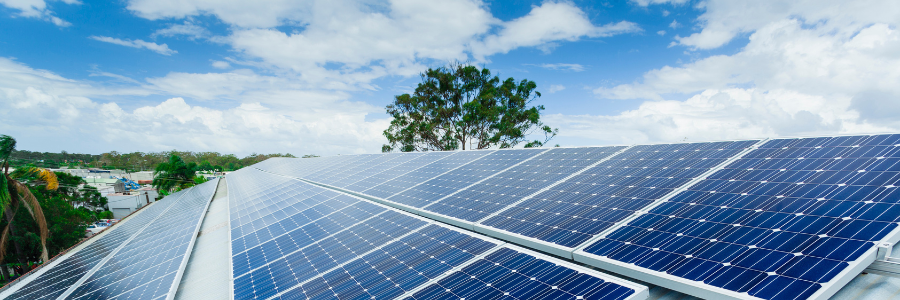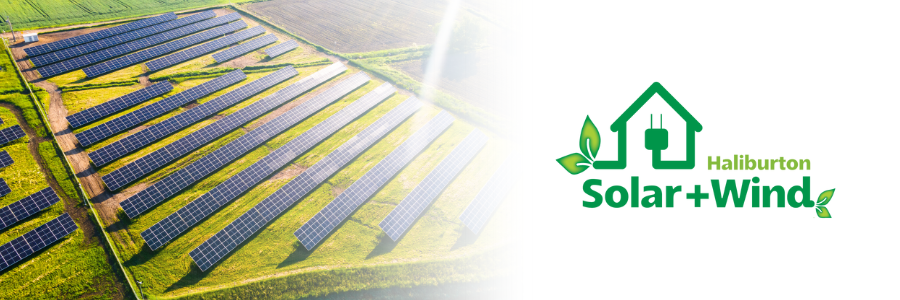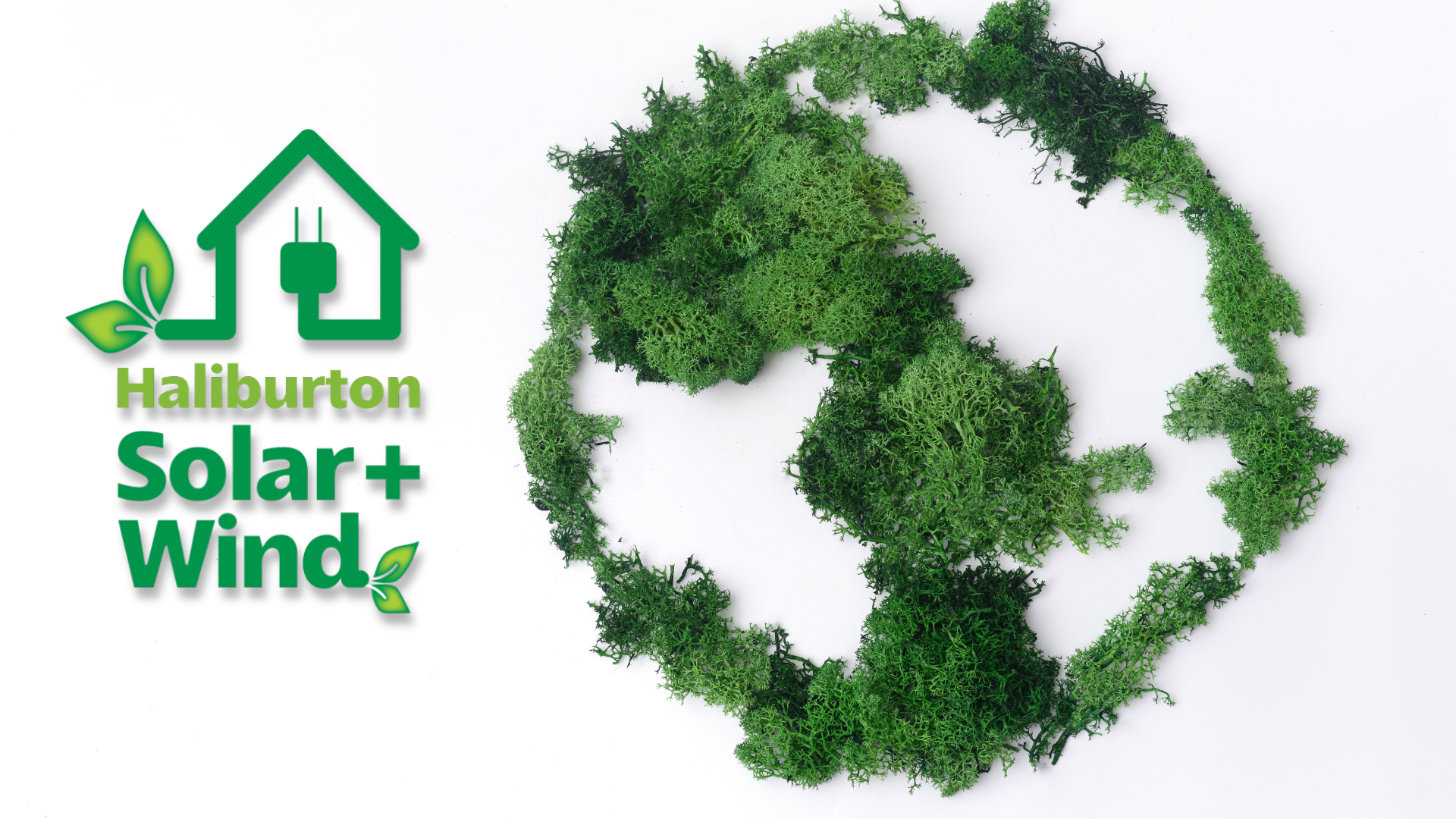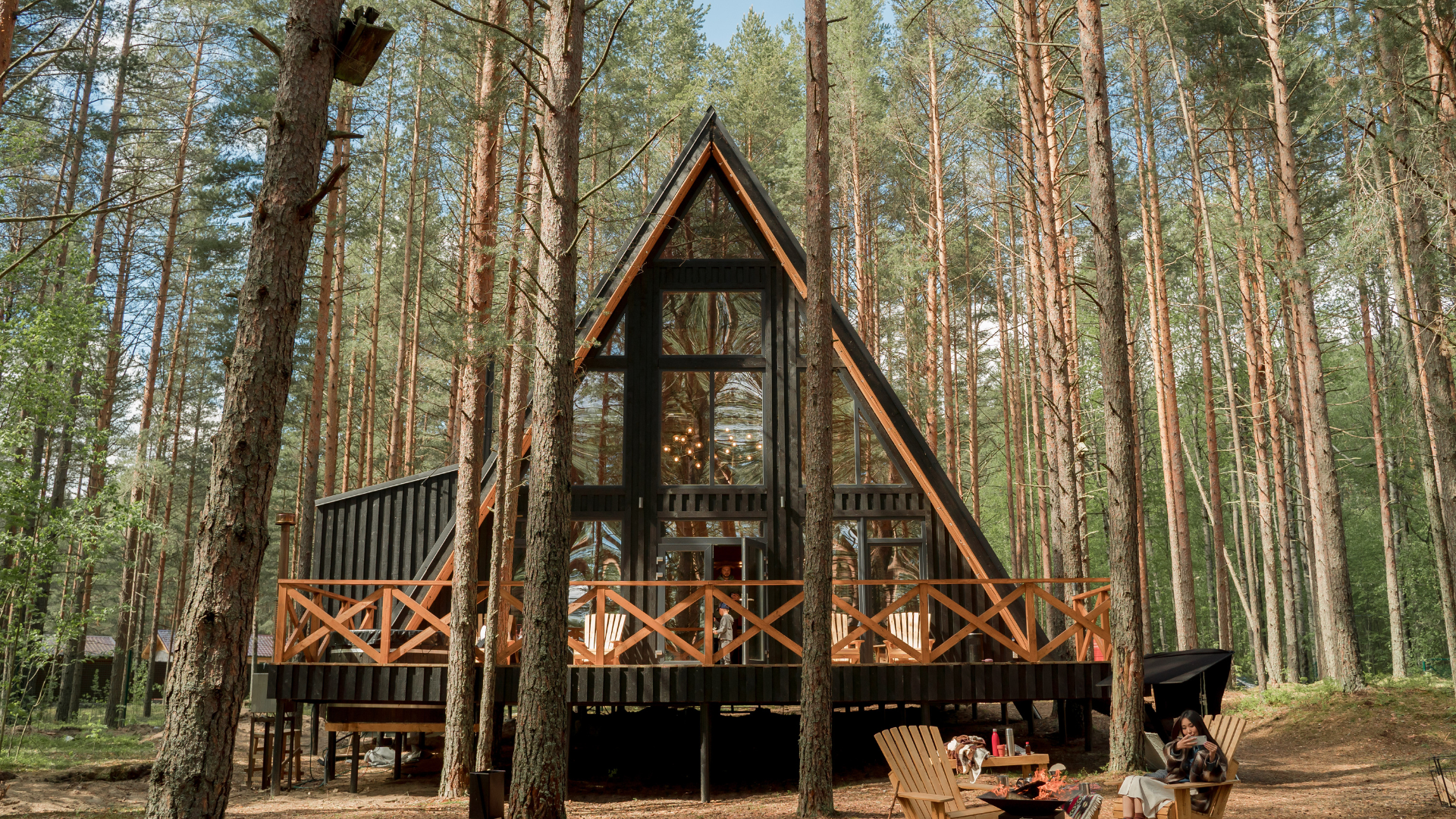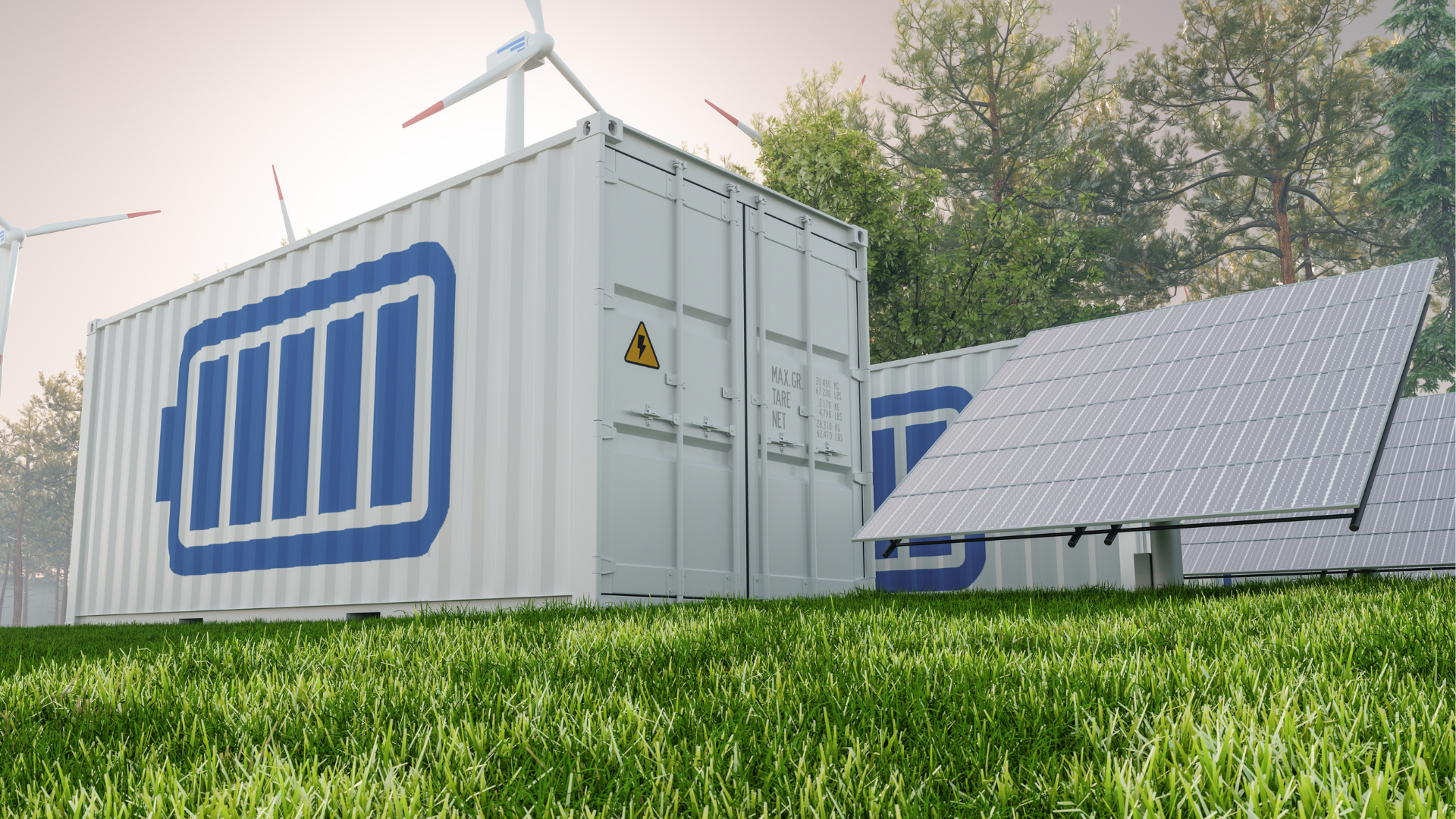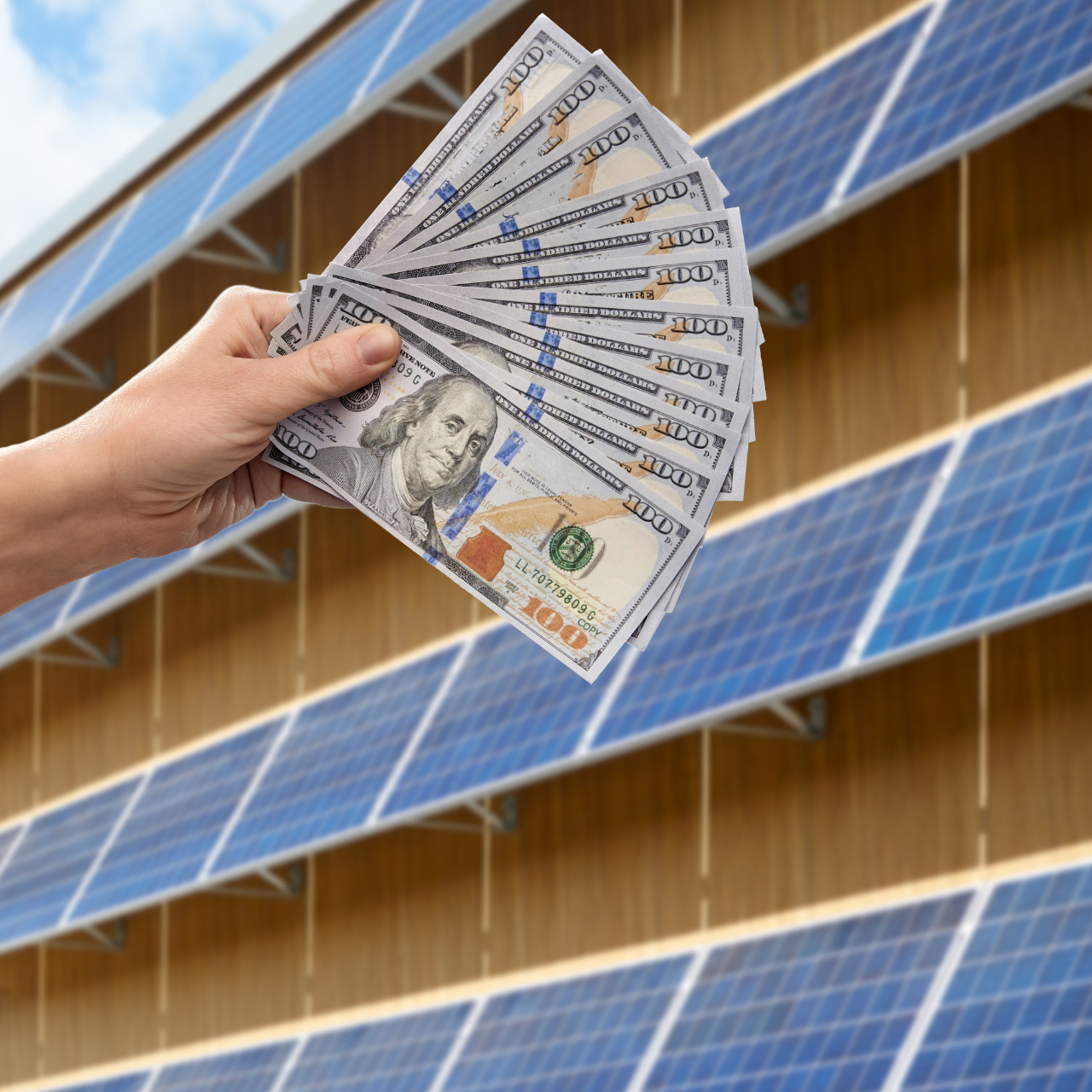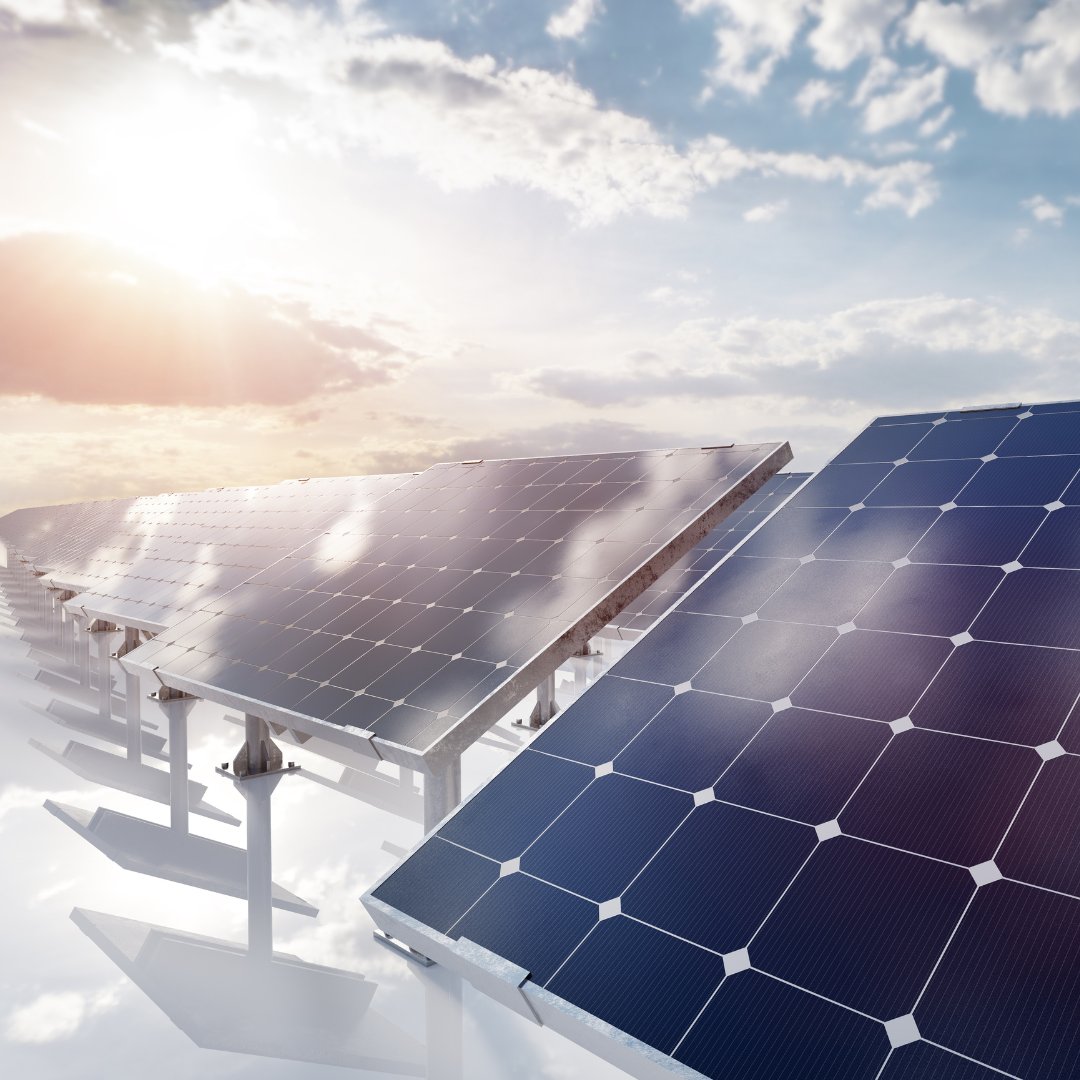Harnessing Power from the Sun and Wind in Haliburton, Ontario
Your Comprehensive Guide to Solar and Wind Energy Installation
Solar and wind energy are
renewable,
abundant, and
clean energy sources that can help meet the energy needs of Haliburton, Ontario in a sustainable way. These systems not only help reduce reliance on fossil fuels and decrease greenhouse gas emissions, but they also provide a way to stabilize energy costs and boost energy independence. With the area's abundant sunshine and strong winds, solar and wind energy systems are becoming an increasingly viable option for homes, businesses, and the broader community in Haliburton.
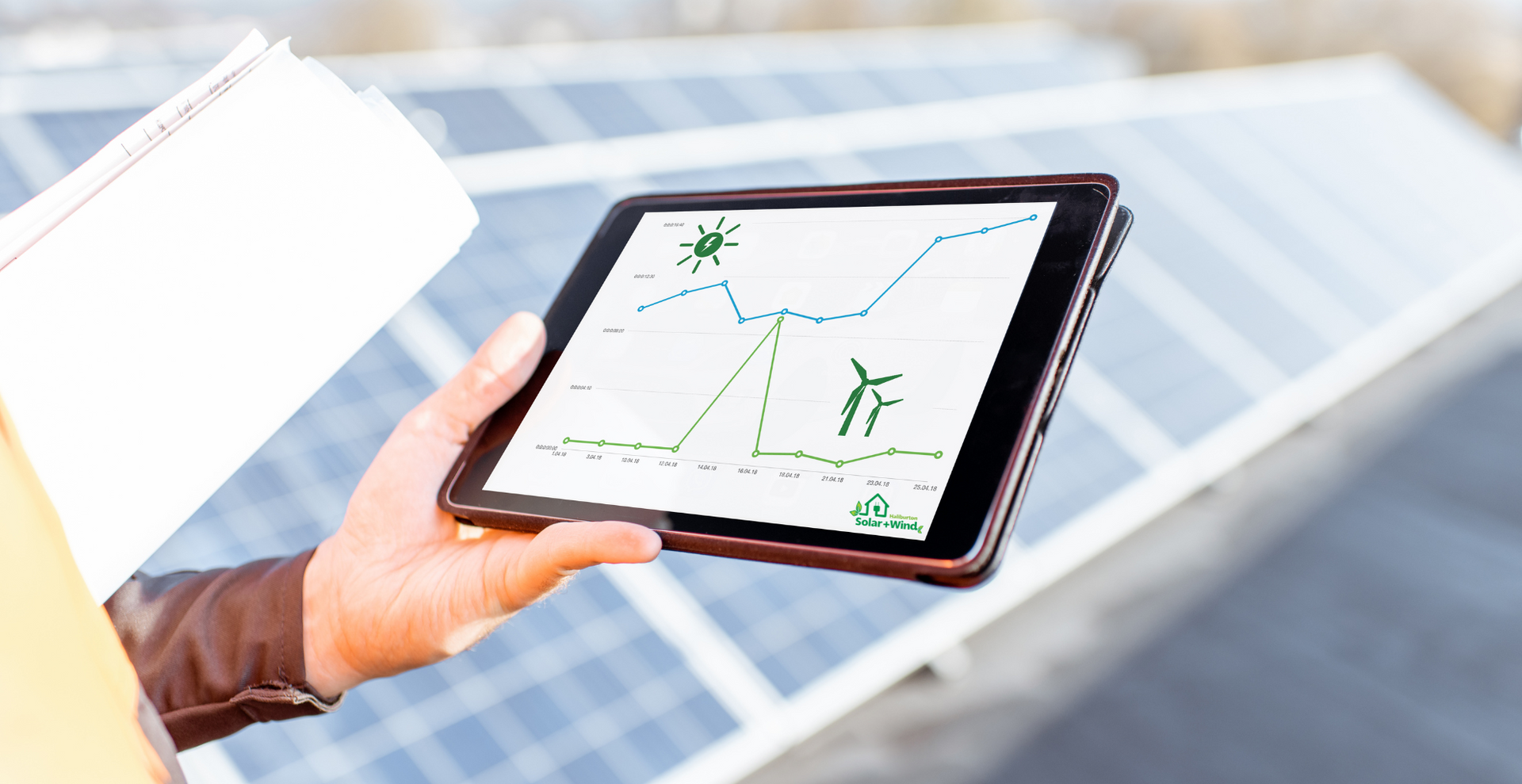
The Emergence of Solar and Wind Energy in Haliburton
For many years, Haliburton, a county blessed with strong sunlight in the summer and powerful winds throughout the year, primarily relied on traditional forms of energy. However, as the effects of climate change started to become more evident and the call for sustainable practices grew louder, the residents and local authorities began looking for green energy solutions.
This search for renewable energy sources led to the exploration and eventual adoption of solar and wind energy. Over the past few years, these forms of energy have been making significant strides in Haliburton. This transition was aided by technological advancements that have made solar panels and wind turbines more efficient and affordable.
Government policies and incentives also played a crucial role in this shift. Programs offering financial incentives for renewable energy projects have encouraged homeowners and businesses to install solar panels and wind turbines, making Haliburton a leading region for renewable energy adoption.
The emergence of solar and wind energy in Haliburton not only helps in curbing carbon emissions but also boosts the local economy by creating jobs in the renewable energy sector. With more households and businesses opting for these renewable energy sources, Haliburton has set an example for other regions in Ontario, underlining the feasibility and benefits of switching to solar and wind energy.
Understanding Solar Energy Systems
A solar energy system is a clean, renewable source of power that harnesses sunlight to generate electricity. Here's a brief rundown of its components and how it works:
- Solar Panels: These are the most visible part of a solar energy system. They contain photovoltaic (PV) cells, which capture sunlight and convert it into direct current (DC) electricity.
- Inverter: This device takes the DC electricity produced by the solar panels and converts it into alternating current (AC) electricity, which is the type used by most appliances and the electrical grid.
- Battery Storage: Not all solar energy systems have battery storage, but it can be a beneficial addition. Batteries store excess power generated during the day for use at night or during periods of low sunlight.
- Meter: The meter monitors the amount of electricity produced by the solar panels and consumed by the house. In some cases, excess electricity can be fed back into the grid, and the homeowner may receive a credit from the utility company.
Solar energy offers numerous advantages for both homes and businesses:
- Sustainability: Solar energy is a renewable source, meaning it will never run out as long as the sun shines. This makes it a sustainable and reliable form of energy.
- Reduced Energy Bills: By generating your own electricity, you can significantly reduce your monthly energy bills. In some cases, you may even be able to sell excess power back to the grid.
- Low Maintenance: Once installed, solar energy systems require minimal maintenance, making them a hassle-free energy solution.
- Environmental Impact: Solar energy production emits no greenhouse gases and has a minimal impact on the environment, making it an excellent choice for those looking to reduce their carbon footprint.
- Energy Independence: With a solar energy system, homes and businesses can become less reliant on the grid, providing a level of energy security.
By investing in a solar energy system, residents and businesses in Haliburton can enjoy these benefits while contributing to a more sustainable future.
Understanding Wind Energy Systems
Wind energy systems, also known as "wind turbines", capture the kinetic energy from the wind and convert it into electrical energy. They represent an environmentally friendly way of generating power. Here's a quick look at their main components and how they function:
- Rotor Blades: Similar to a fan, a wind turbine has rotor blades that spin when the wind blows. These blades are specifically designed to catch as much wind as possible to maximize rotation.
- Shaft and Gearbox: The shaft connects the rotor blades to a gearbox inside the turbine. The gearbox increases the rotational speed to optimize the generation of electricity.
- Generator: This is where the actual conversion of kinetic energy into electricity occurs. The generator uses the rotational energy from the gearbox to produce an electrical current.
- Tower: The entire system is mounted on a tower that is tall enough to allow the blades to catch wind without obstruction.
Wind energy systems offer several advantages for both homes and businesses:
- Renewable and Clean: Wind is a limitless, sustainable resource, making wind energy a renewable and clean form of power generation. Wind turbines produce no greenhouse gases, helping to combat climate change.
- Cost-effective: After the initial setup cost, the maintenance and operational costs of wind turbines are relatively low. Furthermore, wind energy can help to offset energy costs if connected to the grid.
- Energy Independence: Like solar energy systems, wind turbines can help homes and businesses reduce their reliance on the grid and achieve a measure of energy independence.
- Job Creation: The wind energy industry can help stimulate local economies by creating jobs in manufacturing, installation, and maintenance.
- Land-Use Efficiency: Wind turbines, especially on farms or rural properties, can coexist with other land uses, like agriculture or grazing.
By installing a wind energy system, homeowners and businesses in Haliburton can harness the area's plentiful wind resources while contributing to a greener and more sustainable future.
How to Choose Between Solar and Wind Energy
Deciding between solar and wind energy systems largely depends on several key factors specific to your location and circumstances.
- Climate and Geographic Location: The effectiveness of solar panels depends on the amount of sunlight your location receives, while the productivity of wind turbines hinges on wind speeds. Haliburton, for instance, enjoys considerable sunlight in summer and strong winds throughout the year, making both viable options.
- Space: Solar panels typically require less space and can be mounted on rooftops, making them suitable for urban and suburban settings. Wind turbines, on the other hand, need more space and are usually more suitable for rural or open areas.
- Installation and Maintenance Costs: While prices have dropped significantly in recent years, both systems still represent a considerable initial investment. However, solar panels generally have lower maintenance costs compared to wind turbines.
- Local Regulations and Incentives: Some areas have restrictions on the installation of wind turbines due to noise or aesthetic concerns. On the other hand, local governments often provide incentives for renewable energy systems, which could influence your decision.
- Energy Needs: Assess your energy consumption. Solar panels can easily cater to the energy needs of most homes, while wind turbines may be more appropriate for larger properties or businesses with higher energy demands.
In conclusion, choosing between solar and wind energy systems involves a careful assessment of your location, available space, budget, local regulations, and energy needs. Always consult with a local renewable energy expert to make an informed decision.
The Process of Solar and Wind Energy Installation in Haliburton
Solar and wind energy installation is a multi-step process, which involves careful planning and consideration to maximize efficiency and effectiveness.
Solar Installation Process:
- Assessment and Design: This first step involves a site visit by a solar professional to assess your property's solar potential. They will consider factors like roof direction, shading, and available space to design an optimal system.
- Permitting: Before installation begins, necessary permits must be obtained in accordance with local regulations in Haliburton. Your installation provider should handle this process, which may also include interconnection agreements with your utility company.
- Installation: Professional installers will mount the solar panels on your roof or another designated area. They will then connect the system to an inverter and, if applicable, a battery storage system.
- Inspection and Activation: After installation, an inspector will ensure the system is safely installed and meets all regulatory requirements. Once approved, your system can be activated and start generating electricity.
Wind Energy Installation Process:
- Site Evaluation: Similar to solar, a wind energy professional will visit your property to determine its suitability for a wind turbine, assessing factors like wind speed, available space, and potential obstacles.
- Permitting: Installation of a wind turbine also requires permits based on local regulations in Haliburton. Your installer will generally manage this process, ensuring all requirements are met.
- Installation: The turbine will be erected on your property, typically on a tall tower to capture wind more effectively. The turbine will be connected to the electrical system of your home or business.
- Inspection and Activation: A post-installation inspection ensures the turbine is safely installed and meets all regulatory requirements. After approval, the turbine can be activated to generate power.
In Haliburton, regulations and permits for solar and wind installations may vary based on the size and location of the system. Check with local authorities or your installation provider for specific requirements. Adopting renewable energy is a significant step towards sustainability, but it's crucial to ensure the process aligns with all local guidelines.
Finding the Right Installation Provider in Haliburton
Choosing the right installation provider is crucial for the success of your solar or wind energy project. Look for providers who have extensive experience and positive customer reviews. Check if they offer comprehensive services, including assessment, design, installation, and post-installation support. Verify their credentials, such as relevant certifications and licenses. It's also beneficial if they are familiar with local regulations and incentive programs in Haliburton.
Conclusion
Solar and wind energy systems offer a viable and sustainable solution to meet Haliburton's energy needs. By embracing these technologies, homeowners and businesses in Haliburton can not only reap the economic and environmental benefits but also contribute towards a more sustainable future. If you're considering a renewable energy system, explore local providers and take the first step towards energy independence today.
